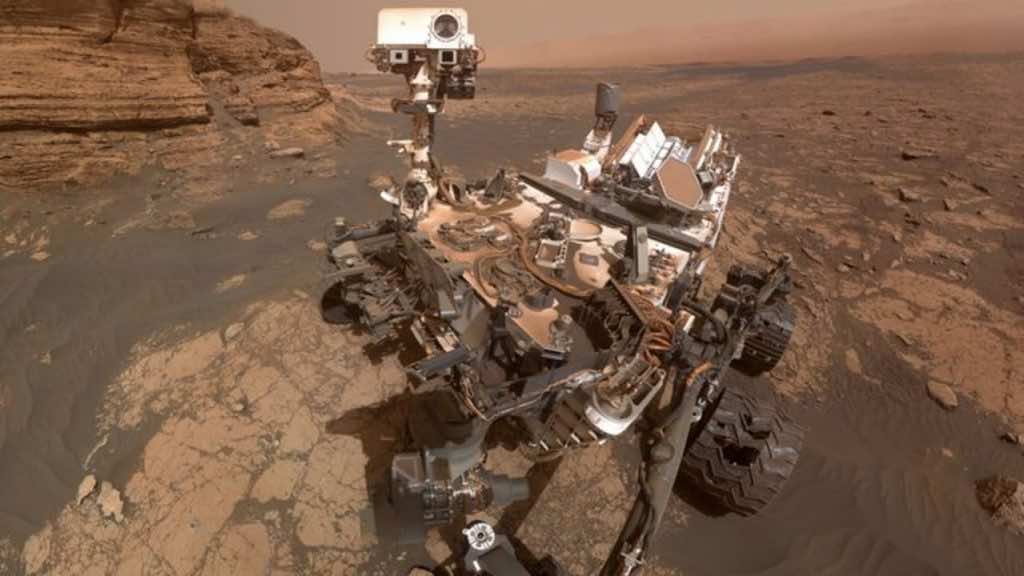Last year, NASA initiated its first powered flight by consigning the Perseverance Rover along with an Ingenuity helicopter to Mars. This Ingenuity helicopter has always served as a guide to the Perseverance Rover due to its exceptional capabilities of assessing the Martian landscape before the Rover sets its foot on Mars. However, recently, this helpful guide has disappeared from the Rover and hasn’t responded to any communication. On finding out, it has been discovered that it lost its established communication with the Rover on May 3rd, which is also the 427th day of the Perseverance Rover mission. But thankfully, the helicopter has restored its connection with the Rover automatically after a bit of delay.
On investigating the core issue of this glitch in communication, the researchers found that the Martian climate was the cause. They said that a large amount of dust had been concentrated on the solar panels of this helicopter, which caused a sudden yet recoverable glitch. This investigation was carried out at NASA’s Jet Propulsion Laboratory (JPL). Upon completing the investigation, the mission team wrote in a report, “The automated helicopter is equipped with six lithium-ion batteries which draw power generated through the solar panels.” The communications dropout on May 3… was a result of the solar-powered helicopter entering a low-power state, potentially due to the seasonal increase in the amount of dust in the Martian atmosphere and lower temperatures as winter approaches”.
Getting deeper into the technicality of the problem, the mission team at NASA said that there is a system known as “Field programmable gate array (FPGA)” incorporated within the helicopter whose function is to control and handle the operational state of the helicopter as well as the onboard heater. But due to this blockage of the dust on its solar panels, the FGPA system went down for a while. Coupled with these facts, the team leader at Ingenuity, Teddy Tzanetos, said, “Scientists are aware of the challenges the Martian winter will bring. Our top priority is to maintain communication with Ingenuity in the next few sols, but even then, we know that there will be significant challenges ahead”.
With all things considered, scientists at NASA are trying to establish more efficient and responsive systems in the Ingenuity helicopter so that it may develop its immunity and tolerance against the Martian climate, which is expected to reach minus 40 degrees Fahrenheit at night in the coming months.

